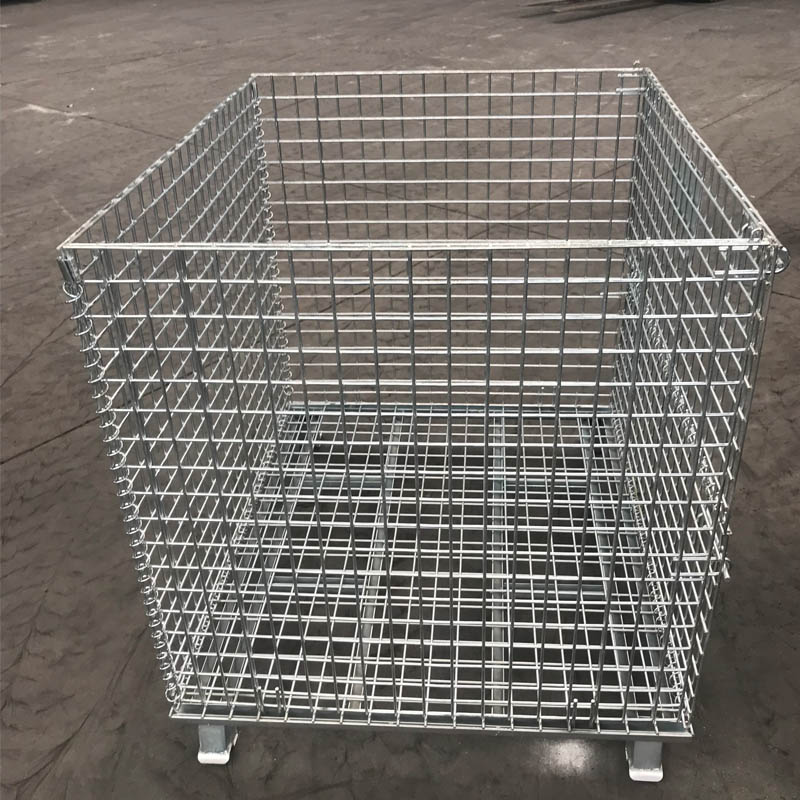
- Mobile Phone
- +8613931874955
- sales@cntcmetal.com
Exploring the Versatility and Durability of Long Brick Ties in Modern Construction Projects
The Enduring Legacy of Long Brick Ties in Architecture
The use of architectural ties is a fundamental aspect of building design, ensuring structural integrity and stability. Among these, long brick ties have emerged as a pivotal element, particularly in the context of masonry construction. Long brick ties not only serve a practical purpose but also offer aesthetic benefits, blending functionality with design.
Understanding Long Brick Ties
Long brick ties are typically used to connect masonry walls to structural frames or other walls. They play a crucial role in maintaining the overall stability of a building, especially in regions prone to winds, seismic activity, or other environmental stresses. Made from materials such as steel or stainless steel, these ties are designed to withstand different kinds of loads, enabling tall structures to remain secure.
The design of long brick ties can vary significantly based on architectural needs and environmental conditions. They are often embedded within the mortar joints of brick walls, thereby providing a seamless appearance and avoiding disruption to the wall's aesthetic. This integration of function and form is a hallmark of well-designed masonry edifices.
Historical Context
The use of masonry ties dates back centuries; however, the application of long brick ties became more prominent in the 19th century with the advent of modern construction techniques. As architects began designing taller buildings and more complex structures, the need for robust connections between walls and frames grew. Long brick ties emerged as a solution, allowing for the vertical and horizontal expansion of structures while ensuring they remained anchored and secure.
Historically, the evolution of building materials also influenced the development of long brick ties. As brick manufacturing processes advanced, the properties of bricks improved, allowing them to be used in more innovative ways. When paired with long brick ties, builders could create expansive brick walls that were not only structurally sound but also visually impressive.
long brick ties

Advantages of Long Brick Ties
One of the primary advantages of long brick ties is their ability to mitigate the risks associated with lateral forces. Buildings equipped with these ties exhibit greater resistance to the forces exerted during severe weather events. Furthermore, long brick ties can help reduce the risk of brick wall failure, a critical consideration in ensuring the longevity of masonry structures.
Additionally, long brick ties contribute to energy efficiency in buildings. By improving the rigidity of walls, they help to maintain internal temperatures, reducing the need for excessive heating or cooling. This factor not only contributes to comfort but also promotes sustainability, aligning with modern building standards focused on reducing energy consumption.
Modern Applications
In contemporary architecture, the use of long brick ties continues to be a vital component of masonry construction. With the growing demand for sustainability and resilience in building designs, architects and engineers are increasingly integrating advanced materials and innovative designs with traditional masonry practices. Long brick ties facilitate the creation of structures that can adapt to changing environmental conditions while maintaining the inherent beauty of brickwork.
Moreover, as building codes evolve to address safety and sustainability, the versatility of long brick ties allows them to meet these new standards effectively. Their role in connecting different materials and structural elements makes them indispensable in modern construction.
Conclusion
Long brick ties represent a blend of historical significance and modern innovation in the field of architecture. Their integral role in providing structural stability, enhancing energy efficiency, and maintaining aesthetic appeal makes them a cornerstone of masonry construction. As we continue to push the boundaries of architectural design, long brick ties will remain a vital link between form and function, ensuring that buildings stand the test of time. The legacy of these ties underscores the importance of thoughtful engineering and design in creating resilient and beautiful structures for future generations.
share:
-
Why Sacrificial Formwork Is Redefining Underground ConstructionNewsJun.06,2025
-
The Structural Dynamics of Modern Concrete: How Snake Spacers Revolutionize Flexible ReinforcementNewsJun.06,2025
-
Snake Spacers Smart-Lock Concrete Reinforcement with Surgical PrecisionNewsJun.06,2025
-
Snake Spacers: Reinforcement Precision for Modern Concrete ProjectsNewsJun.06,2025
-
Snake Spacers Powering Concrete's Structural DNANewsJun.06,2025
-
Slither into Success: Snake Spacers' Precision Bite for Unbreakable ReinforcementNewsJun.06,2025
-
Sacrificial Formwork: Building Stronger, Faster, and Safer StructuresNewsJun.06,2025



















